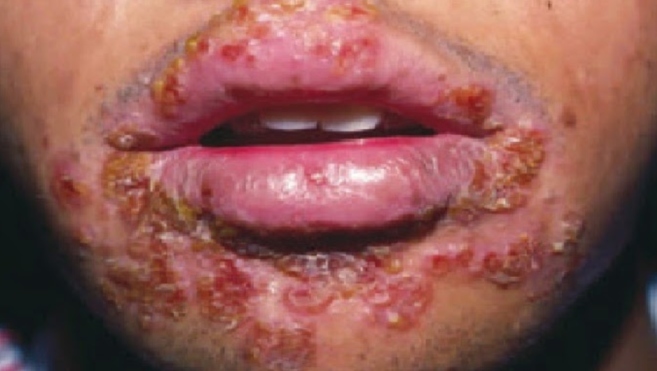Things you can do to prevent a STIs 29th of July , 2018
Counselling and behavioural approaches
Counselling and behavioural interventions offer primary prevention against STIs (including HIV), as well as against unintended pregnancies. These include:- comprehensive sexuality education, STI and HIV pre- and post-test counselling;
- safer sex/risk-reduction counselling, condom promotion;
- interventions targeted at key populations, such as sex workers, men who have sex with men and people who inject drugs; and
- education and counselling tailored to the needs of adolescents.
Barrier methods
When used correctly and consistently, condoms offer one of the most effective methods of protection against STIs, including HIV. Female condoms are effective and safe, but are not used as widely by national programmes as male condoms.Diagnosis of STIs
Accurate diagnostic tests for STIs are widely used in high-income countries. These are especially useful for the diagnosis of asymptomatic infections. However, in low- and middle-income countries, diagnostic tests are largely unavailable. Where testing is available, it is often expensive and geographically inaccessible; and patients often need to wait a long time (or need to return) to receive results. As a result, follow up can be impeded and care or treatment can be incomplete.The only inexpensive, rapid tests currently available for STIs are for syphilis and HIV. The syphilis test is already in use in some resource-limited settings. The test is accurate, can provide results in 15 to 20 minutes, and is easy to use with minimal training. Rapid syphilis tests have been shown to increase the number of pregnant women tested for syphilis. However, increased efforts are still needed in most low- and middle-income countries to ensure that all pregnant women receive a syphilis test.
Several rapid tests for other STIs are under development and have the potential to improve STI diagnosis and treatment, especially in resource-limited settings.Treatment of STIs
Effective treatment is currently available for several STIs.- Three bacterial STIs (chlamydia, gonorrhoea and syphilis) and one parasitic STI (trichomoniasis) are generally curable with existing, effective single-dose regimens of antibiotics.
- For herpes and HIV, the most effective medications available are antivirals that can modulate the course of the disease, though they cannot cure the disease.
- For hepatitis B, immune system modulators (interferon) and antiviral medications can help to fight the virus and slow damage to the liver.
STI case management
Low- and middle-income countries rely on identifying consistent, easily recognizable signs and symptoms to guide treatment, without the use of laboratory tests. This is called syndromic management. This approach, which often relies on clinical algorithms, allows health workers to diagnose a specific infection on the basis of observed syndromes (e.g., vaginal discharge, urethral discharge, genital ulcers, abdominal pain).Syndromic management is simple, assures rapid, same-day treatment, and avoids expensive or unavailable diagnostic tests. However, this approach misses infections that do not demonstrate any syndromes - the majority of STIs globally.
Vaccines and other biomedical interventions
Safe and highly effective vaccines are available for 2 STIs: hepatitis B and HPV. These vaccines have represented major advances in STI prevention. The vaccine against hepatitis B is included in infant immunization programmes in 93% of countries and has already prevented an estimated 1.3 million deaths from chronic liver disease and cancer.HPV vaccine is available as part of routine immunization programmes in 65 countries, most of them high- and middle-income. HPV vaccination could prevent the deaths of more than 4 million women over the next decade in low- and middle-income countries, where most cases of cervical cancer occur, if 70% vaccination coverage can be achieved.
Research to develop vaccines against herpes and HIV is advanced, with several vaccine candidates in early clinical development. Research into vaccines for chlamydia, gonorrhoea, syphilis and trichomoniasis is in earlier stages of development. Other biomedical interventions to prevent some STIs include adult male circumcision and microbicides.- Male circumcision reduces the risk of heterosexually acquired HIV infection in men by approximately 60% and provides some protection against other STIs, such as herpes and HPV.
- Tenofovir gel, when used as a vaginal microbicide, has had mixed results in terms of the ability to prevent HIV acquisition, but has shown some effectiveness against HSV-2.

